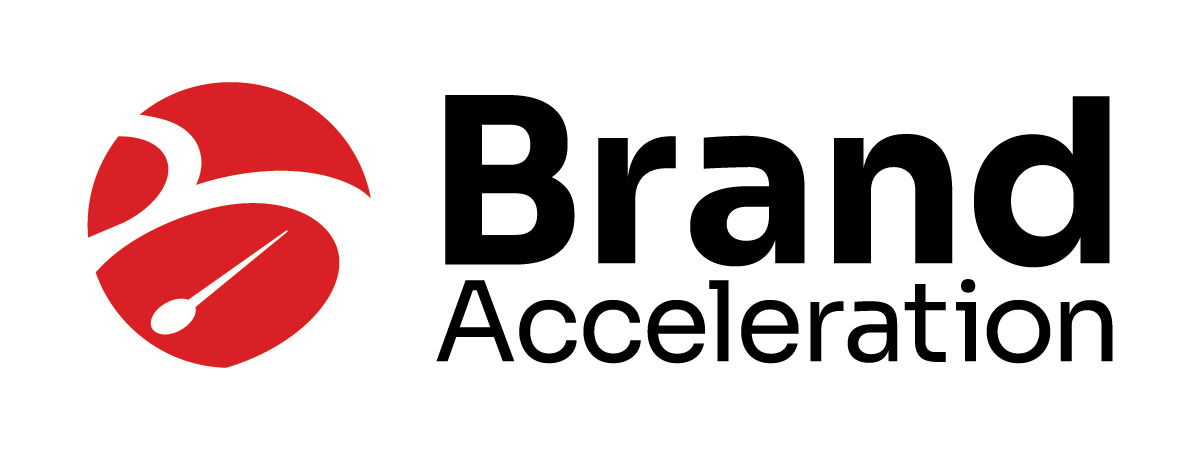By Jim Walton, CEO, Brand Acceleration, Inc.
Regionalism in economic development is not exactly a new thing. It’s been around awhile. Today, though, it is possibly more important than ever. With unemployment rates at the lowest in sixteen years, some communities and counties don’t have the available workforce to sustain a major project or expansion. Site consultants and corporate executives are having to look at one and a half hour driving radius’ to determine the viability of a location’s workforce. Because of this, and other reasons, regional efforts are critical. Cities, towns, and counties must be very strong regional marketers.
Over the years, we’ve worked with numerous regional groups, and have seen just about every structure imaginable. Some are formal corporations with staff, office space, and an operating budget. Others are more loosely structured, purely voluntary, with no staff or office.
We’re often asked which structure works best, and why. Our answer is this. Regional groups are not more or less successful because of their structure. Nope! Staff, office space, and money are not necessarily the key to regional success. The key ingredients, from our observation, are…planning and commitment.
The most successful groups make a commitment to action. They set goals and make things happen. They develop marketing plans, market aggressively, attend conferences, go on mission trips, send mailers and emailers, run ads, and are always going after business. With multi-year plans in place, they find funding and chase success.
We’ve also seen groups form, flounder, and disappear, mostly because of a lack of planning. They start with the best of intentions, meet every month, and then never get anything done. They sometimes engage tactically, making an occasional effort, such as a trip or event, but never commit to a long-range, multi-faceted plan of action. Eventually, members and sponsors get bored, frustrated, and disillusioned. Then, they give up.
This is when the blame game begins. Lack of money, political pressures, sponsor interference, and many other excuses are conjured up. All may be factors, but lack of planning and commitment are almost always at the core.
Regional organizations, or any other organization, for that matter, require a solid plan if they are to succeed. The structure followed by most of corporate America is also relevant for economic development organizations.
Goals or Objectives:
What is the big vision? What does the group want to accomplish? Maybe the vision is to become the next tech, food, or aerospace region. If so, write it down, but don’t forget to write down WHY the region is a fit for the industry. Do you have education resources and other tech firms in the area that are naturally attracting tech talent? Are you home to huge and vast water resources for food industries? Are your educators cranking out FAA-Certified aero and airframe workers desired by aerospace and aircraft companies? Write down these strengths and make them part of your formal plan.
Strategic Plan:
With your Goals and Objectives, and reasoning, in place, you should develop a strategic plan to grow awareness of your regional assets and strengths. For example, the strategy could be to identify food companies and site consultants specializing in the food industry, telling them your regional story. Growing awareness should always be a key part of your organizational purpose and strategic plan.
Tactical Plan:
This is where the rubber hits the road. The next question is, “How are we going to grow awareness of our area within the identified target audiences?” Tools like websites, emailers, videos, banner ads, brochures, mission trips, trade shows, and so on, should be considered. Write them, in detail, into your plan.
Now, with your Goals and Objectives, Strategic Plan, and Tactical Plan in place, budgeting can begin. Our observation is that organizations that begin with such a detailed plan have much greater success in attracting funding. Prospective funders see that the group is very serious and has a solid, written, plan of action. This is exactly what they would expect to see in their business, and it’s what they want to see in economic development organizations asking for money.
It has also been our observation that the regional group operates in a much more successful manner when it has solid, written plans in place. The players have a common goal and a plan of action, including individual responsibilities. Everybody has a purpose and the rest of the team counts on them to deliver accordingly.
Planning and commitment. That’s what we see as the secret to regional success.
